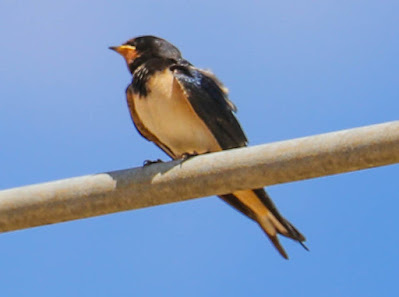The Iberian magpie is another bird I hoped to see in Portugal. True to its name, this magpie is mostly limited to the
Iberian Peninsula which is inhabited by Portugal and Spain. Looking at the
distribution map on eBird, it looks like there is some spillover into far northern Morocco and into a few dollops of southern France and Andorra. It is absent from almost all of northwestern Spain, the portion over Portugal, including the pilgrimage city of Santiago de Compostela, and swaths of eastern Spain.



I grew up near City Creek Canyon in Salt Lake City climbing trees to look into twig nests for baby magpies (black-billed magpies). One year, as a young boy, I brought a pre-fledgling magpie home to raise as a pet, feeding it with an eye-dropper. As it developed I transitioned it into life in the wild and Pica's (named after its scientific name, Pica hudsonia) world grew from our backyard into the canyon. I saw Pica less and less and she eventually quit coming back to our home, but I had reports of Pica for several years, the friendly magpie that was not afraid of people. All this to help explain why I had an extra interest in this Darwinian iteration of magpie.
The Iberian magpie seems more California scrub-jay than magpie. The body and wings of gray/brown and blue fitting that mold. It also has a black hood that covers most of its head and neck until it meets a white chin and breast.
 |
| Fuzzy photos that give some idea of what it looks like in flight. |
This magpie is more offish than the magpies of my youth, more difficult to get close to. It likes the cork oaks of Portugal that we fell in love with. We saw it in both the Tagus and Sado River estuaries although it was not a common sight.



















































